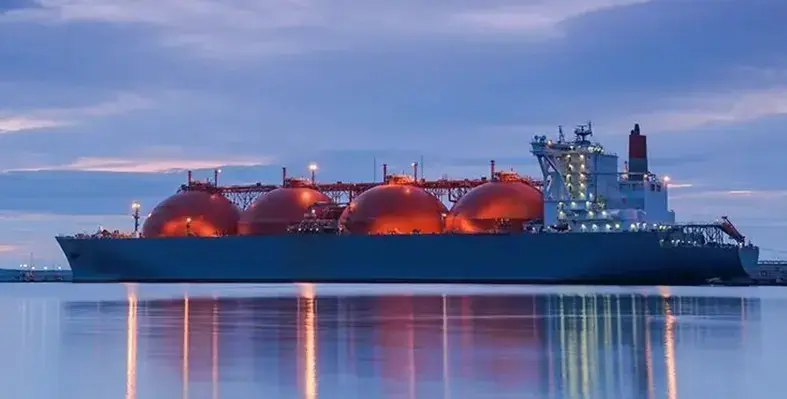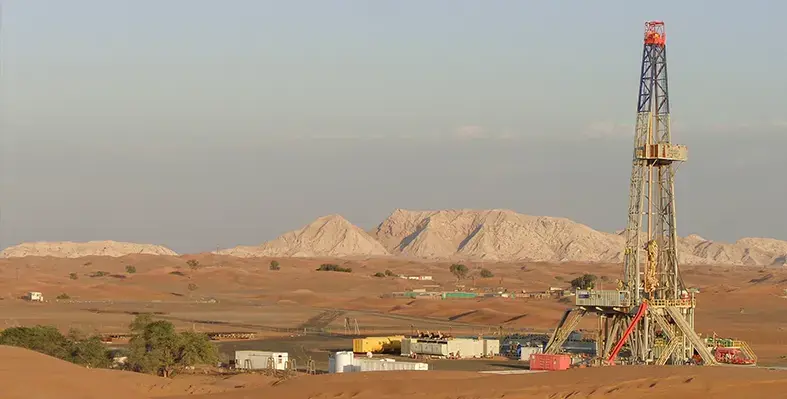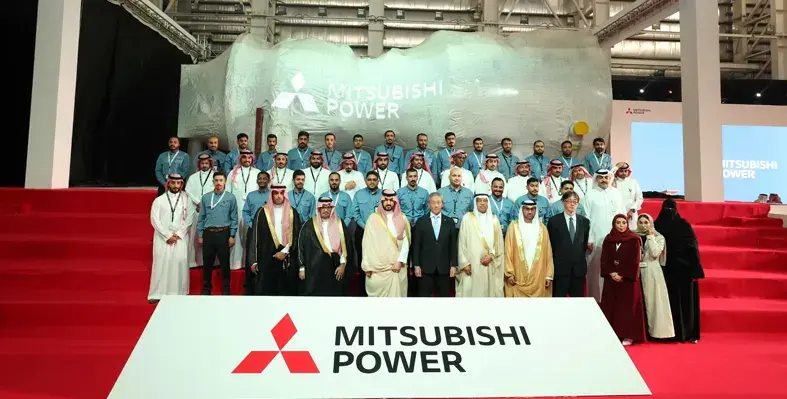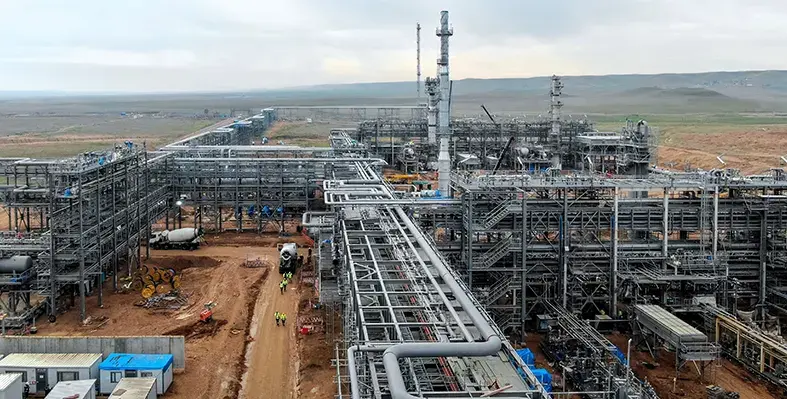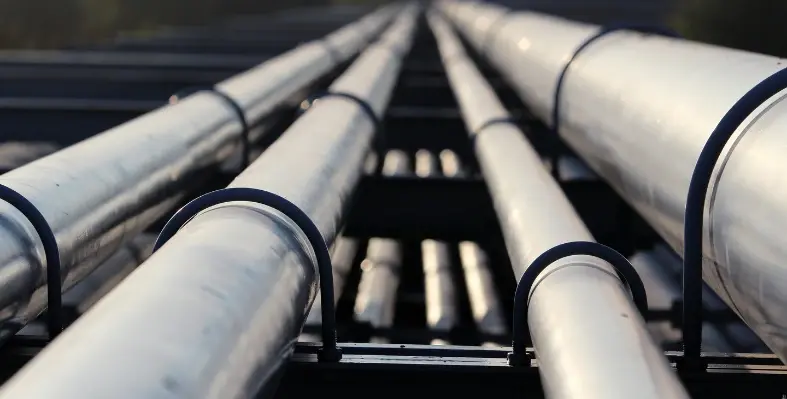
The acquisition strengthens GPT Industries' role in helping operators mitigate corrosion and maintaining asset integrity. (Image source: Adobe Stock)
GPT Industries, a global leader in sealing, electrical isolation, and remote asset integrity monitoring solutions, has acquired Integrated Rectifier Technologies Inc. (IRT), an Alberta-based manufacturer of transformer rectifiers and related products for the cathodic protection (CP) industry
This strategic acquisition brings together GPT’s expertise in flange isolation technology and remote asset monitoring with IRT’s long-standing reputation for reliable rectifier systems, further strengthening GPT’s role in helping operators mitigate corrosion and maintain asset integrity across energy and infrastructure sectors.
Founded in 2001, IRT has become a trusted supplier of transformer rectifiers and control systems, known for its C.P. Sentinel product line and commitment to certified, safety-focused designs. The company’s products are widely used in impressed current CP systems for pipelines, utilities, and water infrastructure throughout North America and across the globe.
Darin Lane, CEO of GPT Industries, said, “Together, we’ll enhance the technologies that support corrosion mitigation efforts, improve monitoring capabilities, and ultimately deliver greater value to our partners.”
Integrating IRT’s rectifier technology with GPT’s Iso-Smart remote monitoring platform will accelerate the development of advanced remote asset integrity systems, providing operators with deeper visibility into CP performance, streamlined data collection and faster response to field issues.
The acquisition aligns with GPT’s strategy of growth through partnership and technology advancement, reinforcing its commitment to supporting customers in safeguarding vital assets and extending the life of critical infrastructure.







